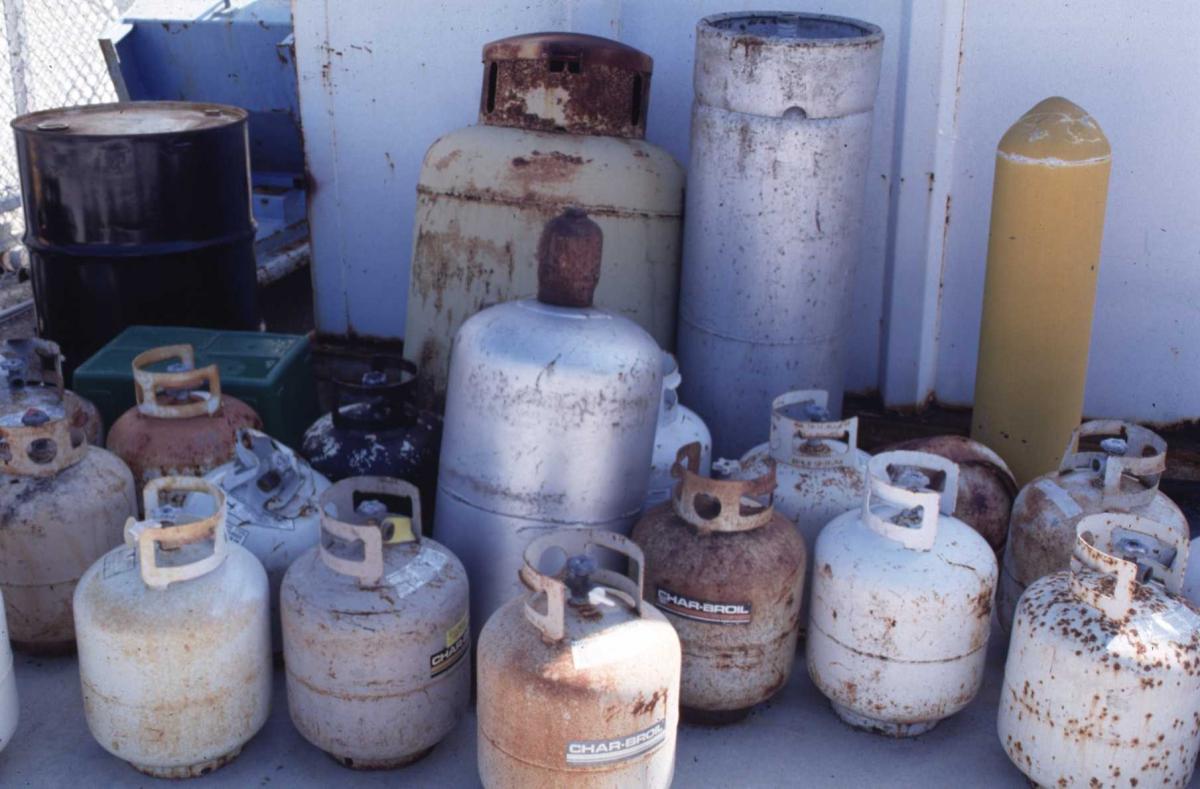

Articles
How To Dispose Of Old Gas Containers
Modified: December 6, 2023
Looking for safe and efficient ways to dispose of old gas containers? Learn expert home maintenance tips to ensure proper disposal of hazardous materials.
(Many of the links in this article redirect to a specific reviewed product. Your purchase of these products through affiliate links helps to generate commission for Storables.com, at no extra cost. Learn more)
Introduction
When it comes to disposing of old gas containers, it’s important to follow the proper guidelines to ensure safety and environmental responsibility. Gas containers can be hazardous if not disposed of correctly, as they may contain remnants of flammable substances or other harmful chemicals.
In this article, we will guide you through the steps to responsibly dispose of your old gas containers. By following these guidelines, you can prevent accidents and pollution, and contribute to a cleaner and safer environment.
From checking local regulations to exploring recycling options, we will cover everything you need to know. So, let’s dive in and learn how to properly dispose of old gas containers.
Key Takeaways:
- Safely dispose of old gas containers by checking local regulations, emptying, ventilating, and using designated disposal locations. Recycling and proper storage also contribute to a cleaner and safer environment.
- Prioritize safety and environmental responsibility when disposing of old gas containers. Follow local regulations, empty and ventilate containers, use designated disposal locations, consider recycling, and store or reuse containers responsibly.
Read more: How To Dispose Of An Old Bathtub
Step 1: Check for local regulations and guidelines
Before you begin the process of disposing of your old gas containers, it is crucial to research and understand the local regulations and guidelines in your area. Different regions may have specific rules and procedures in place for handling hazardous materials, including gas containers.
Start by contacting your local waste management department or environmental agency to inquire about any specific guidelines or restrictions for disposing of gas containers. They will be able to provide you with relevant information regarding proper disposal methods, collection points, and any applicable fees.
It’s also important to check if there are any hazardous waste collection events or drop-off locations in your community. These events are typically organized by local authorities and provide an opportunity for residents to safely dispose of hazardous materials, including gas containers.
In some cases, local regulations may require you to empty the gas container before disposal, while others may have specific instructions for handling full or partially filled containers. Make sure to understand these guidelines as it will affect the way you handle and dispose of the gas containers.
By taking the time to educate yourself about the local regulations and guidelines, you can ensure that you are following the correct procedures and avoiding any potential legal or environmental consequences. Remember, it’s always better to be safe and compliant when it comes to disposing of hazardous materials.
Step 2: Empty the gas container
Before disposing of your old gas containers, it’s crucial to empty them of any remaining fuel or hazardous substances. This step ensures safety during transportation and prevents potential accidents or leaks.
To empty the gas container, follow these steps:
- Choose a well-ventilated area: Find an outdoor area away from flames, sparks, or sources of ignition. Ensure proper ventilation to minimize the risk of inhaling fumes.
- Use an approved container: Prepare a suitable container for transferring the leftover fuel. It’s recommended to use a metal or approved plastic container specifically designed for holding flammable substances.
- Slowly pour the remaining fuel: Carefully pour the remaining gas from the old container into the approved container. Take your time and avoid spills or splashes. Use a funnel to control the flow if necessary.
- Secure the container: Once the gas has been transferred, ensure the container is securely sealed. Tighten the cap or lid to prevent any leakage or evaporation of the fuel.
- Label the container: Clearly label the container with the type of fuel it contains, such as gasoline or diesel. This will help prevent any confusion in the future.
Remember, it’s essential to handle fuel safely during this process. Avoid smoking or creating sparks in the vicinity, as fuel vapors can be highly flammable.
If you are unsure or uncomfortable with emptying the gas container yourself, consider seeking assistance from professionals or contacting your local waste management department for guidance on how to proceed. They may provide specific instructions or services for emptying hazardous materials.
By properly emptying the gas container, you reduce the risk of accidents and create a safer environment for disposal.
Step 3: Ventilate the container
After emptying the old gas container, it’s crucial to ensure proper ventilation before proceeding with disposal. Ventilating the container helps to eliminate any residual fumes or vapors that may pose a safety hazard.
Here are some steps to effectively ventilate the container:
- Choose a well-ventilated area: Select an outdoor location where there is sufficient air circulation. Ensure the area is away from flames, sparks, or any ignition sources.
- Remove the cap: If the gas container has a cap or lid, remove it to allow air to flow freely inside the container.
- Let it sit: Allow the container to sit open for a significant period, preferably a few days, to ensure proper ventilation. This will allow any residual fumes to dissipate.
- Avoid confined spaces: Never attempt to ventilate the container in a confined space, such as a garage or basement, as this can lead to the accumulation of flammable vapors.
While ventilating the container, it’s essential to exercise caution. Avoid smoking, creating sparks, or exposing the container to any open flames or sources of ignition that could ignite any remaining vapors.
Proper ventilation reduces the risk of combustion or explosion during the disposal process. It is vital to prioritize safety when dealing with potentially hazardous materials.
If you are unsure about properly ventilating the container, consider seeking guidance from professionals or contacting your local waste management department for assistance. They can offer specific advice based on the materials involved and the local regulations in your area.
By ensuring the container is thoroughly ventilated, you create a safer environment for handling and disposing of the old gas container.
Take old gas containers to a hazardous waste disposal facility or a designated collection event. Do not pour the gas down the drain or throw the containers in the trash.
Step 4: Dispose of the gas container at designated locations
Once you have emptied and ventilated the old gas container, it’s time to dispose of it properly. It’s crucial to follow the designated disposal methods recommended by your local waste management department or environmental agency. These designated locations are equipped to handle hazardous materials safely and ensure appropriate disposal.
Here are some options you can consider for disposing of your old gas container:
- Municipal collection services: Many municipalities offer hazardous waste collection services where you can drop off your old gas container. Check with your local waste management department to find out about scheduled collection events or permanent drop-off locations in your area.
- Household hazardous waste facilities: Some regions have dedicated facilities that accept household hazardous waste materials, including gas containers. These facilities are equipped to handle and dispose of such materials safely. Research whether there are any nearby facilities that accept gas containers and find out their operating hours and requirements.
- Recycling centers: In some cases, specific recycling centers may accept certain types of gas containers. These centers will have the necessary procedures in place to responsibly recycle the containers. Contact local recycling centers to inquire about their policies regarding gas containers.
- Return to the manufacturer or retailer: Check if the manufacturer or retailer of the gas container has a take-back program in place. Some companies may accept the return of their products for proper disposal or recycling. Contact the manufacturer or retailer to find out if this option is available.
It’s important to note that dumping gas containers in regular household trash or pouring the contents down the drain is not advisable. This can pose environmental risks and may be in violation of local regulations.
Be sure to follow any specific guidelines or requirements provided by the designated disposal locations. This may include packaging the container appropriately, completing necessary forms, or adhering to specific drop-off instructions.
By disposing of your gas container at designated locations, you ensure that it is handled in a safe and environmentally responsible manner. This reduces the potential risks associated with improper disposal and contributes to a cleaner and healthier environment.
Read more: How To Dispose Of Old Glassware
Step 5: Consider recycling options
When disposing of your old gas container, it’s essential to consider recycling as an environmentally-friendly option. Recycling helps to reduce waste, conserve resources, and minimize the impact on the environment.
Here are some recycling options to explore:
- Local recycling centers: Contact local recycling centers to inquire if they accept gas containers for recycling. Some centers have programs in place to dismantle and recycle containers made of specific materials.
- Manufacturer or retailer programs: Check with the manufacturer or retailer of the gas container if they have a recycling program. They may be equipped to handle and recycle their products in an environmentally responsible manner.
- Specialized recycling facilities: In some areas, there may be specialized recycling facilities that accept gas containers. These facilities have the necessary equipment and expertise to recycle and repurpose the materials.
When recycling a gas container, it’s important to follow any specific guidelines or requirements provided by the recycling facility. This may include cleaning the container, removing any non-recyclable parts, or preparing it for proper recycling. Adhering to these guidelines helps ensure the success of the recycling process.
Recycling gas containers not only helps reduce waste but also conserves valuable resources. By recycling the materials, they can be transformed into new products, reducing the need for raw materials and minimizing the environmental impact associated with their production.
Remember that recycling options may vary depending on your location and the materials used in the gas container. It’s always advisable to contact local recycling facilities or check with the manufacturer or retailer for specific information regarding gas container recycling.
By choosing recycling options, you contribute to a more sustainable and eco-friendly approach to waste management.
Step 6: Store or reuse gas containers properly
Instead of disposing of your gas containers, another option to consider is storing or reusing them appropriately. Proper storage and reuse of gas containers can help minimize waste and save money.
Here are some guidelines to follow for storing or reusing gas containers:
- Empty the container: Ensure the gas container is completely empty before considering storage or reuse. Follow the steps mentioned earlier to safely empty the container and eliminate any potential hazards.
- Clean the container: Thoroughly clean the gas container to remove any residue or odor. Use soap and water or a suitable cleaner to wash both the inside and outside of the container. Allow it to dry completely before storing or reusing.
- Store in a safe location: If you plan to store the gas container for future use, select a cool, dry, and well-ventilated area away from direct sunlight and potential sources of heat. Keep it out of reach of children and pets.
- Secure the container: Ensure the gas container is properly sealed and the cap or lid is tightly secured to prevent any leakage or evaporation of residual gases.
- Label the container: Clearly label the container with the type of fuel it contains and any other relevant information. This will help avoid confusion and ensure safe handling in the future.
- Check for expiration dates: Some gas containers may have expiration dates. If the container has expired, consult the manufacturer or retailer for guidance on proper disposal or recycling.
By storing or reusing gas containers properly, you can extend their lifespan and reduce the need for new containers. This not only saves money but also minimizes waste generation and promotes sustainability.
It’s important to note that gas containers have a limited lifespan and may deteriorate over time. Regularly inspect stored containers for any signs of damage, corrosion, or wear and replace them as necessary for safety reasons.
If you no longer have a need for the gas container or it is no longer in usable condition, follow the previous steps mentioned in this article to safely dispose of it.
By storing or reusing gas containers responsibly, you contribute to a more sustainable and efficient approach to managing these resources.
Conclusion
Properly disposing of old gas containers is essential for safety, environmental responsibility, and compliance with local regulations. By following the steps outlined in this article, you can ensure that the disposal process is carried out in a way that minimizes risks, protects the environment, and keeps you in good standing with the law.
Remember to always check for local regulations and guidelines regarding the disposal of gas containers. This will provide you with the necessary information to proceed safely and in accordance with the rules specific to your area.
Emptying the gas container and ventilating it are crucial steps to ensure the safety of handling and transportation. Make sure to follow the proper procedures to eliminate any remaining fuel or hazardous substances and to allow any fumes or vapors to dissipate.
Disposing of the gas container at designated locations, such as municipal collection services or household hazardous waste facilities, helps ensure that it is disposed of safely and in an environmentally responsible manner. Alternatively, you may consider recycling options, if available, to reduce waste and conserve resources.
If storing or reusing the gas container, be sure to follow the guidelines provided in this article to ensure proper storage conditions and safe handling in the future. Regularly inspect the containers for damage or expiration dates to maintain safety and efficiency.
By taking the necessary steps to dispose of gas containers properly, you contribute to a cleaner and safer environment for yourself and future generations. It’s essential to prioritize safety, adhere to regulations, and make informed choices that promote sustainability in our everyday actions.
Remember, responsible disposal of gas containers not only helps protect our environment but also ensures the well-being of communities and helps create a more sustainable future.
Frequently Asked Questions about How To Dispose Of Old Gas Containers
Was this page helpful?
At Storables.com, we guarantee accurate and reliable information. Our content, validated by Expert Board Contributors, is crafted following stringent Editorial Policies. We're committed to providing you with well-researched, expert-backed insights for all your informational needs.



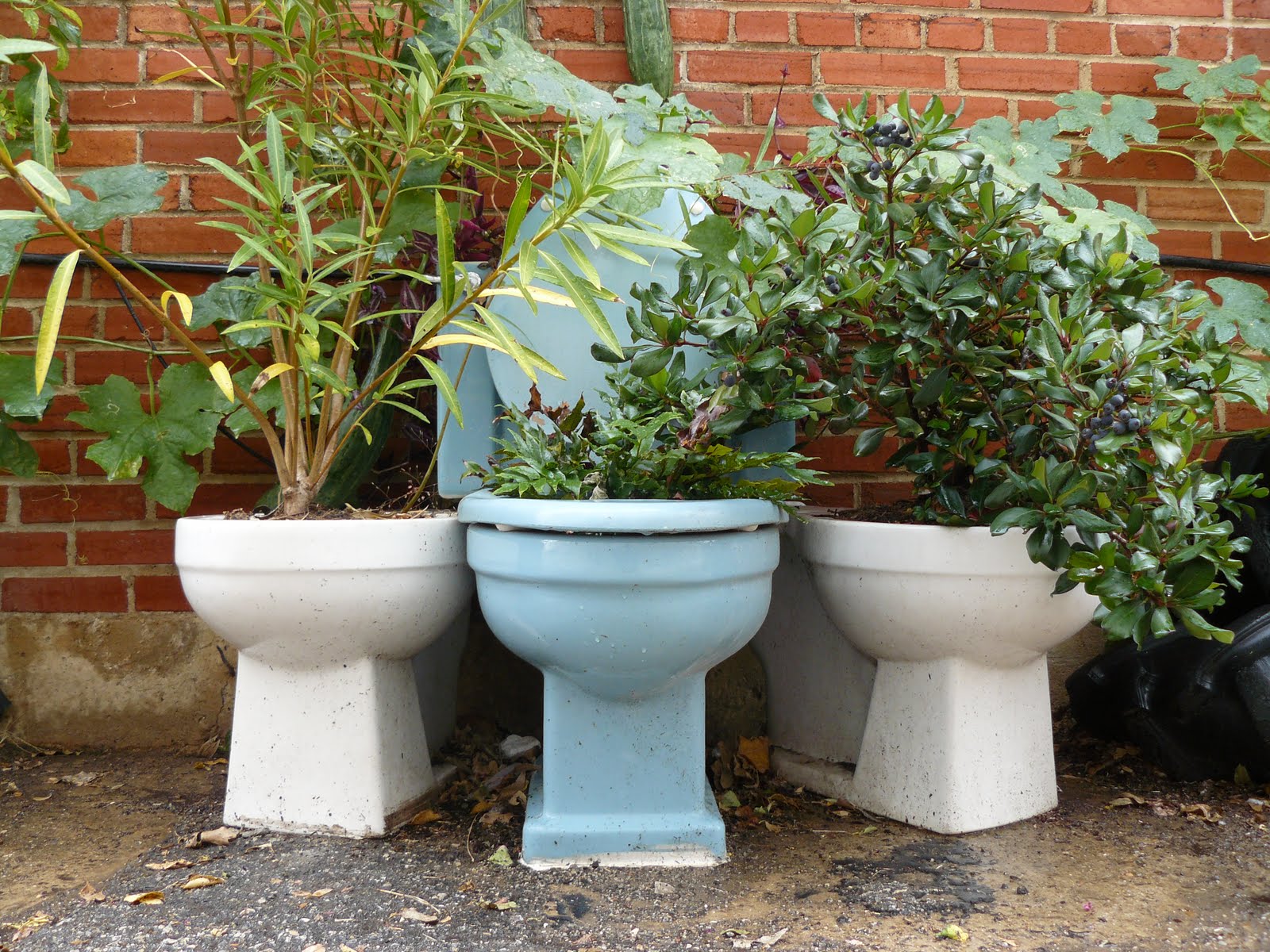

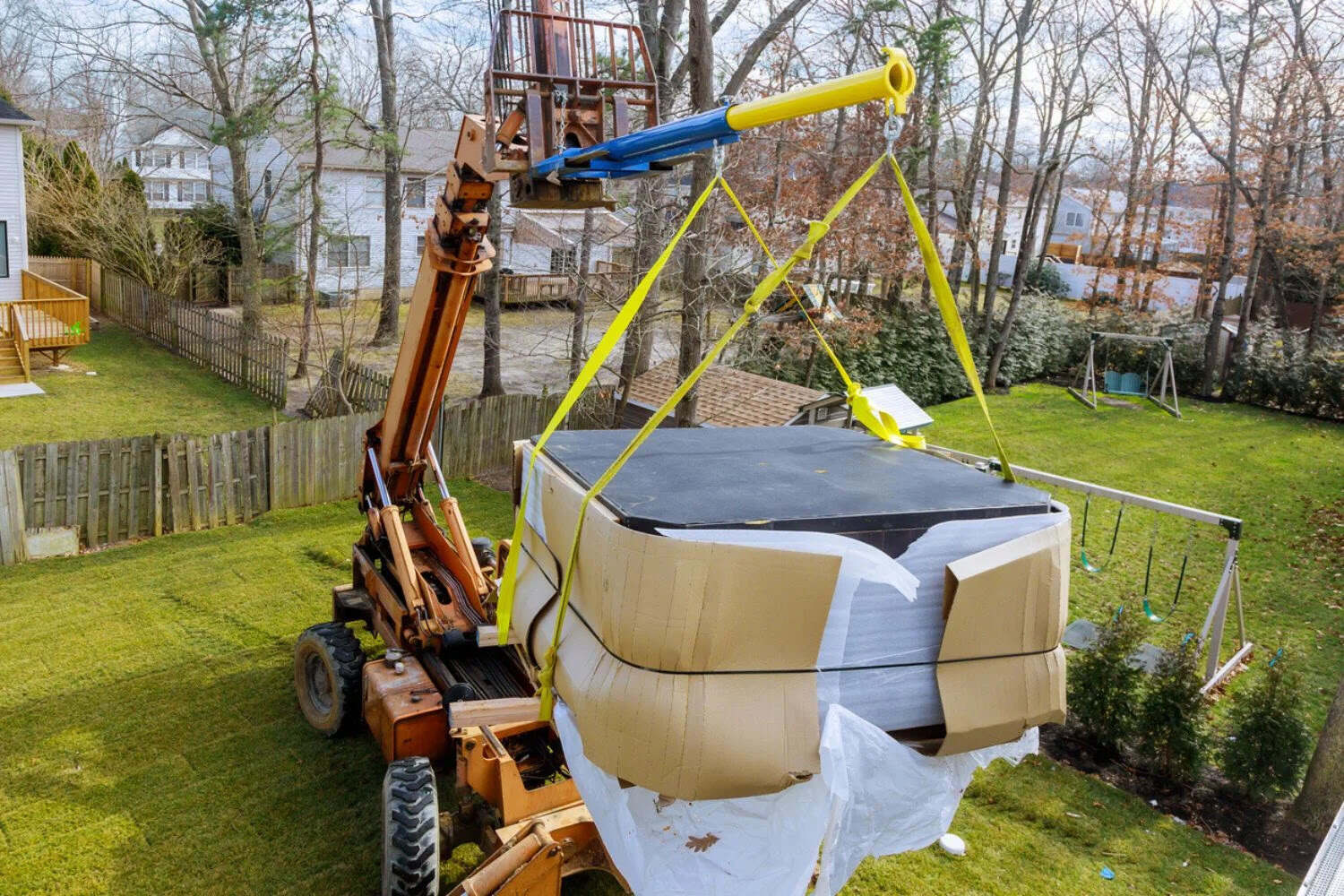



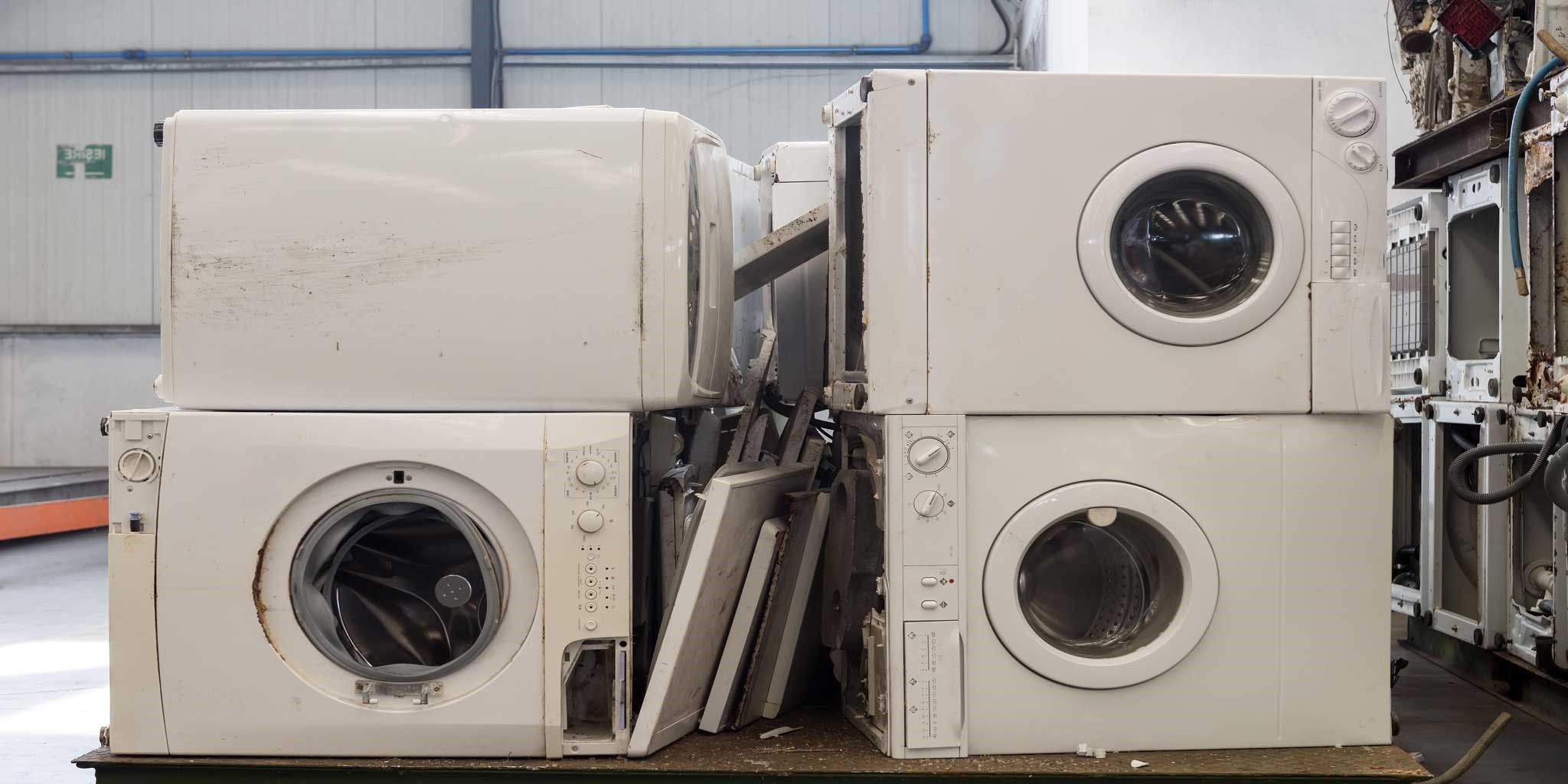

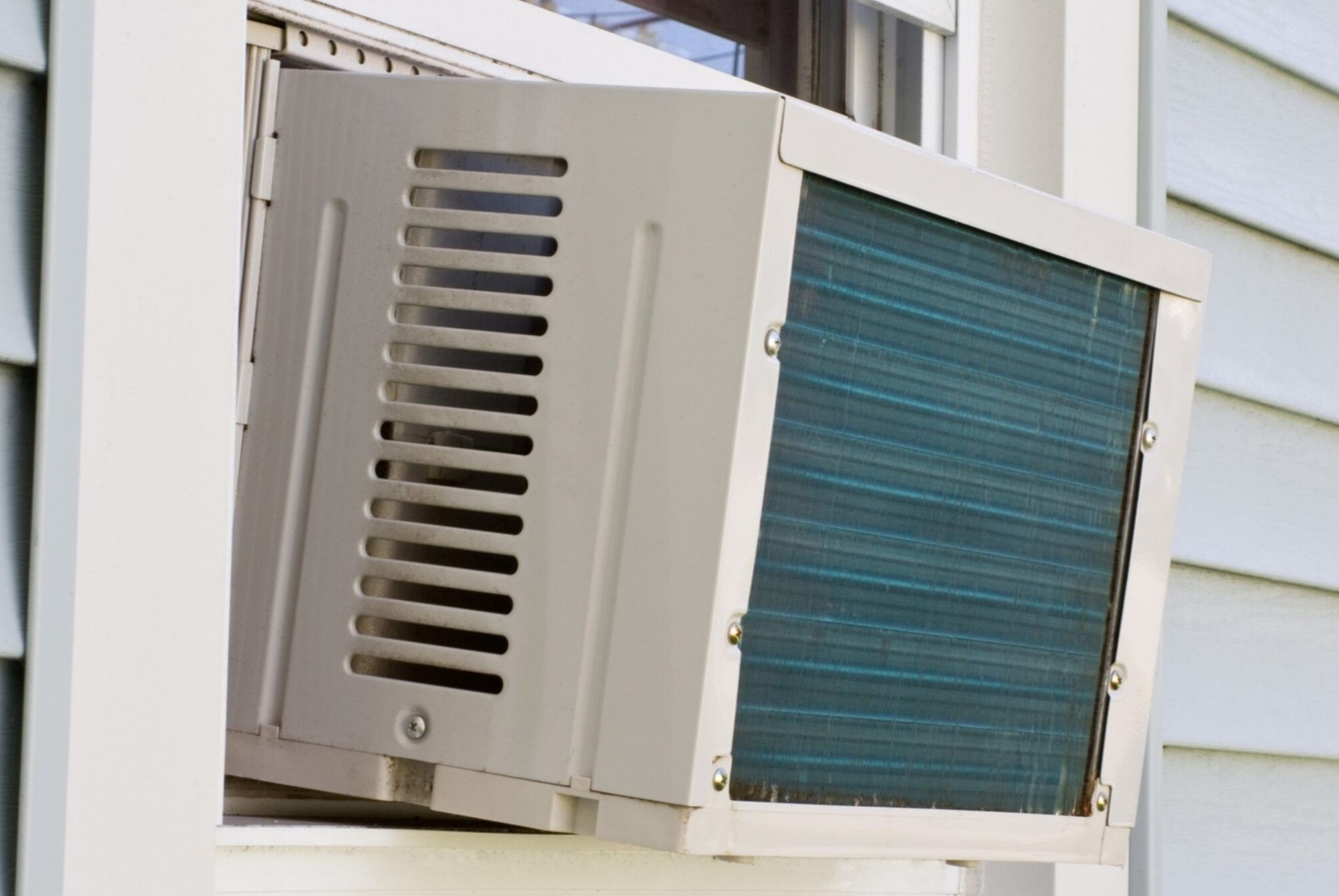



0 thoughts on “How To Dispose Of Old Gas Containers”